If you’ve ever dreamed of exploring the vast depths of the ocean and engaging in an exhilarating challenge, “Can You Go Deep-Sea Fishing: Tips and Techniques for Offshore Anglers” is the ultimate guide for you. This comprehensive resource is packed with valuable information, from essential gear to expert techniques, to help you navigate the world of deep-sea fishing with confidence and success. Whether you’re a newbie or an experienced angler, this article will equip you with the skills and knowledge needed to venture into the thrilling world of offshore angling. Get ready to embark on an unforgettable adventure as you discover the secrets of deep-sea fishing!
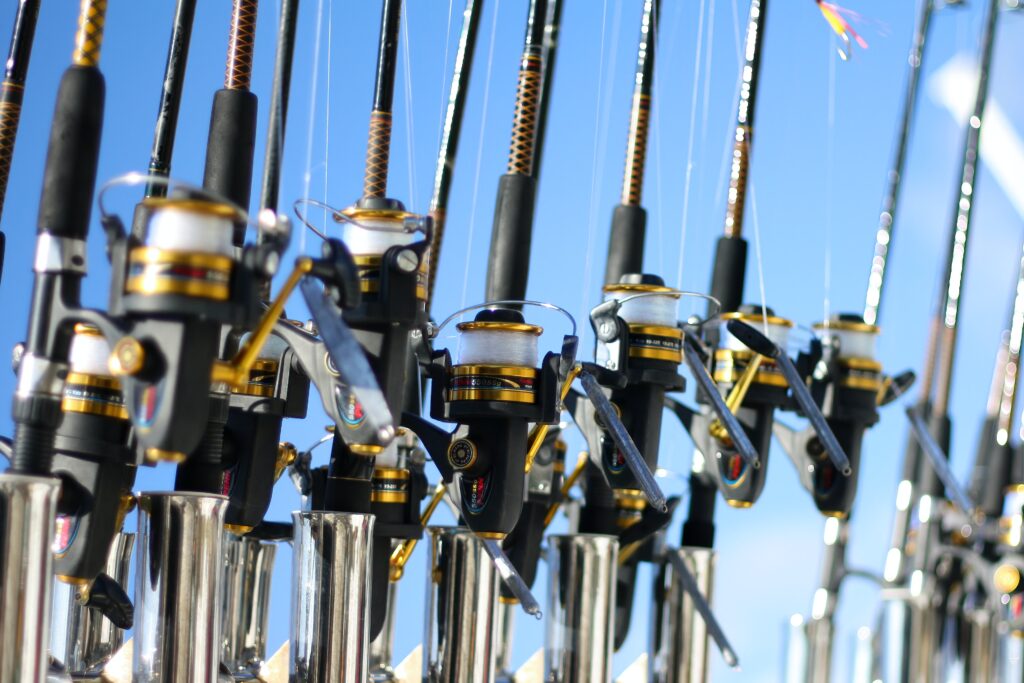
Choosing the Right Boat
When it comes to deep-sea fishing, choosing the right boat is crucial for a successful and enjoyable experience. There are various types of boats to consider, each with its own advantages and disadvantages. Researching and understanding these options can help you make an informed decision.
Researching Different Types of Boats
Before embarking on your deep-sea fishing adventure, take the time to research and familiarize yourself with the different types of boats available. Some common options include center console boats, sportfishing yachts, and offshore fishing boats. Each type has its own features, such as spacious decks for casting or luxurious amenities for a comfortable trip. Consider your priorities and preferences when making a choice.
Considering the Size and Capacity
Another important factor to consider is the size and capacity of the boat. Think about the number of people you plan to bring along on your fishing trip as well as the amount of equipment you’ll need. It’s important to ensure that the boat can comfortably accommodate everyone while leaving enough space for maneuvering and storage.
Evaluating Safety Features
Safety should always be a top priority when selecting a boat for deep-sea fishing. Look for boats with proper safety equipment and features, such as life jackets, fire extinguishers, and first-aid kits. Additionally, check whether the boat is properly maintained and meets all safety standards. Taking these precautions will help ensure a safe and worry-free fishing experience.
Checking the Amenities and Equipment
Lastly, consider the amenities and equipment provided on the boat. Some boats may include amenities like a bathroom, kitchen area, or sleeping quarters for longer trips. Additionally, check if the boat is equipped with the essential fishing equipment, such as rod holders, fish finders, and bait wells. These amenities and equipment can enhance your overall fishing experience.
Selecting the Ideal Location
Choosing the right location is key to a successful deep-sea fishing trip. Researching popular deep-sea fishing spots, considering weather and water conditions, and evaluating accessibility and convenience are all important factors to take into account.
Researching Popular Deep-Sea Fishing Spots
Start by researching popular deep-sea fishing spots in your area or the location you plan to visit. Look for areas known for their abundance of fish species and good fishing conditions. Online forums, fishing websites, and local fishing communities can provide valuable insights and recommendations. Gathering this information will help you narrow down your options and increase the chances of having a fruitful fishing trip.
Considering Weather and Water Conditions
Weather and water conditions play a significant role in the success of your deep-sea fishing trip. Check the weather forecast and consider factors such as wind speed, wave height, and water temperature. Fishing during calm seas and favorable weather conditions can improve your chances of a safe and productive fishing experience.
Evaluating Accessibility and Convenience
Accessibility and convenience are important factors to consider when selecting a fishing location. Think about how accessible the location is in terms of transportation and proximity to your accommodation. Additionally, consider the availability of amenities such as parking, boat ramps, and nearby supplies. Choosing a location that is easily accessible and convenient will make your fishing trip more enjoyable and hassle-free.
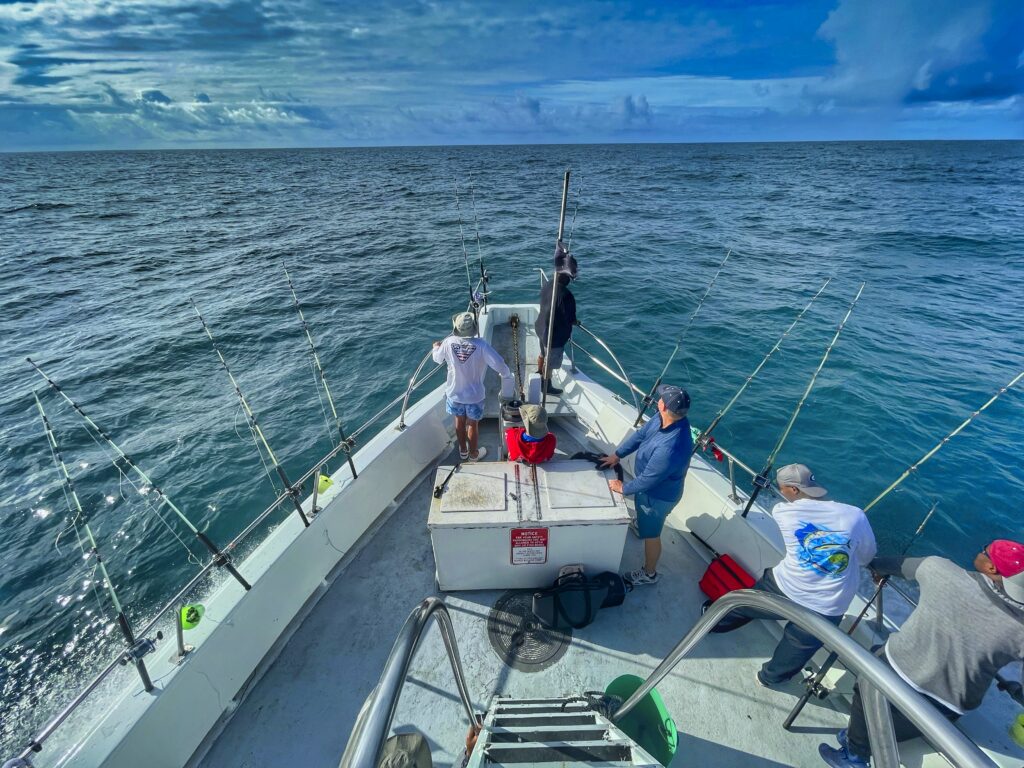
Obtaining the Necessary Licenses and Permits
Before you embark on your deep-sea fishing adventure, it is important to obtain the necessary licenses and permits. Checking state or country regulations, applying for fishing licenses, and understanding bag and size limits are essential steps to ensure compliance with the law.
Checking State or Country Regulations
Start by familiarizing yourself with the fishing regulations in the state or country where you plan to fish. These regulations typically outline fishing seasons, bag limits, size limits, and specific rules for different species of fish. Familiarize yourself with these regulations to avoid any legal issues and to ensure responsible fishing practices.
Applying for Fishing Licenses
To legally fish in most deep-sea fishing locations, you will need to obtain a fishing license. Fishing licenses are typically issued by the state or country’s fishing authorities and can be obtained online or from designated license vendors. Apply for the appropriate fishing license based on your location and the duration of your fishing trip. It is important to carry your fishing license with you at all times while fishing.
Understanding Bag and Size Limits
Bag and size limits are designed to ensure the sustainability of fish populations. These limits specify the number of fish you can catch and keep, as well as the minimum and maximum size of the fish. It is important to understand and adhere to these limits to help preserve the marine ecosystem. Take the time to familiarize yourself with the bag and size limits for the species you plan to target during your deep-sea fishing trip.
Preparing the Right Fishing Gear
Selecting the appropriate fishing gear is crucial for a successful deep-sea fishing trip. Choosing the right fishing rods and reels, selecting suitable fishing lines and leaders, picking the right hooks, lures, and bait, and considering additional gear and accessories are all important aspects to consider.
Choosing the Appropriate Fishing Rods and Reels
When it comes to deep-sea fishing, it is important to have sturdy and durable fishing rods and reels. Look for rods and reels specifically designed for offshore fishing, as they are built to withstand the challenges of deep-sea fishing. Consider the species of fish you plan to target and the fishing techniques you intend to use when selecting your rods and reels.
Selecting Suitable Fishing Lines and Leaders
Choosing the right fishing lines and leaders is essential for deep-sea fishing. Opt for high-quality lines that have a high tensile strength to handle the powerful and fast-swimming fish found in deep waters. Additionally, consider using leaders to prevent fish from biting through the line. Leaders are typically made of stronger and more abrasion-resistant material than the main fishing line.
Picking the Right Hooks, Lures, and Bait
Selecting the right hooks, lures, and bait is crucial for attracting and hooking fish during your deep-sea fishing trip. The type of hook, lure, and bait you should use will depend on the species of fish you are targeting. Research the feeding habits and preferences of the fish you plan to catch and choose hooks, lures, and bait accordingly. Also, consider bringing a variety of options to adapt to different fishing conditions.
Considering Additional Gear and Accessories
In addition to the essential fishing gear, there are several additional items that can enhance your deep-sea fishing experience. Pack items such as fishing pliers, a fish gripper, a fishing net, sunscreen, a hat, sunglasses, a cooler, and plenty of water and snacks. These items will contribute to your comfort and convenience while out on the water.
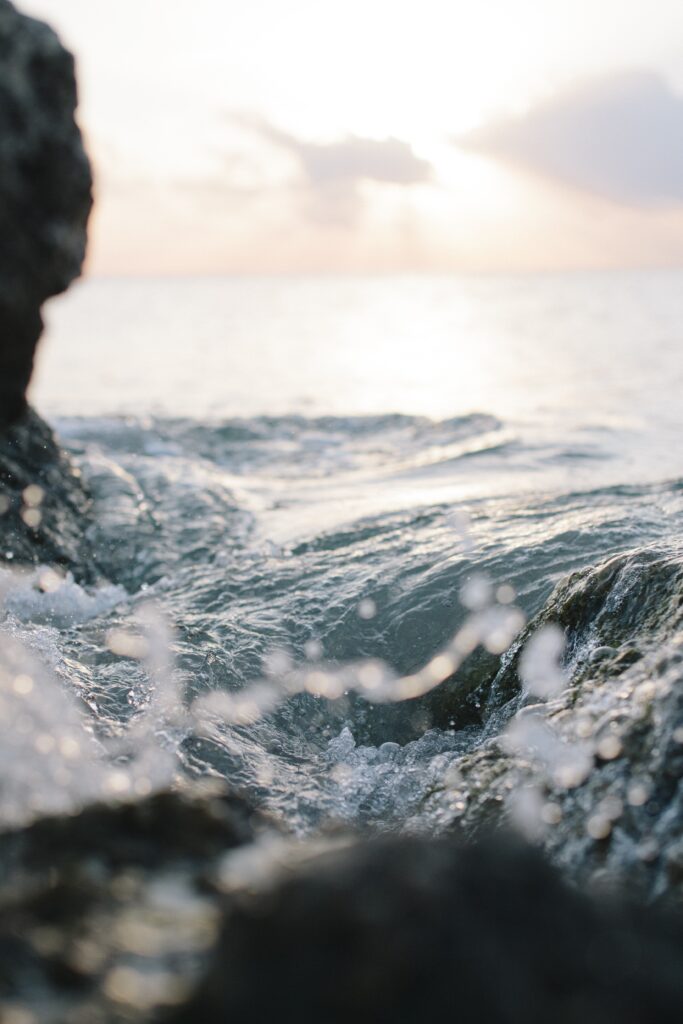
Learning Essential Deep-Sea Fishing Techniques
Mastering essential deep-sea fishing techniques is crucial for increasing your chances of a successful catch. Understand bottom fishing techniques, trolling and drifting techniques, casting and retrieving skills, as well as hook-setting and fighting techniques to maximize your fishing experience.
Mastering Bottom Fishing Techniques
Bottom fishing involves dropping your bait or lure to the seabed to attract fish that dwell near the ocean floor. It is a commonly used technique for targeting species such as snapper, grouper, and sea bass. Learn how to rig your gear properly for bottom fishing, and understand techniques such as dropper loop, Carolina rig, and knocker rig. Take the time to learn and practice these techniques to effectively target bottom-dwelling fish.
Understanding Trolling and Drifting Techniques
Trolling and drifting techniques are effective methods for covering a larger area and targeting pelagic fish species found in open waters. Trolling involves towing lures or baits behind a moving boat at different depths to entice fish to strike. Drifting involves allowing the boat to move naturally with the current while fishing with drifting baits or jigs. Familiarize yourself with the appropriate trolling speeds, lure selection, and drift patterns for different species of fish.
Practicing Casting and Retrieving Skills
Casting and retrieving skills are essential for targeting fish that are actively feeding near the surface. Practice your casting technique to accurately deliver your bait or lure to the desired location. Learn different casting techniques such as the overhead cast, sidearm cast, and roll cast. Additionally, master the art of retrieving your bait or lure in a way that mimics the natural movement of prey. This will increase your chances of attracting fish and triggering a strike.
Improving Hook-Setting and Fighting Techniques
Knowing how to set the hook and properly fight a fish is crucial for landing your catch. Practice setting the hook with a strong and controlled motion to ensure a secure connection between the fish and your line. Once hooked, employ proper fighting techniques to tire out the fish while avoiding breaking your line or losing the fish. Learning and practicing these techniques will increase your success rate when it comes to landing the fish.
Understanding Deep-Sea Fishing Safety Measures
Prioritizing safety is essential when participating in any outdoor activity, including deep-sea fishing. Wearing appropriate personal protective equipment, reviewing emergency procedures, knowing how to handle fish safely, and being mindful of weather and sea conditions are some important safety measures to take into account.
Wearing Appropriate Personal Protective Equipment
When heading out for a deep-sea fishing trip, it is important to wear appropriate personal protective equipment (PPE). This includes a properly fitting and Coast Guard-approved life jacket or personal flotation device (PFD) for everyone on board. Additionally, wear non-slip footwear to prevent accidents on wet, slippery surfaces. Wearing sunglasses and a hat can also protect your eyes and face from the sun’s harmful rays.
Reviewing Emergency Procedures
Familiarize yourself with the emergency procedures and safety equipment available on your boat. Know the location and proper use of items such as fire extinguishers, life rafts, flares, and emergency radio equipment. In the event of an emergency, it is important to stay calm and follow the instructions provided by the captain or crew. Regularly review these procedures to ensure you are prepared for any unforeseen circumstances.
Knowing How to Handle Fish Safely
Properly handling fish is not only important for your safety but also for the wellbeing of the fish. When catching a fish, wet your hands before handling it to minimize damage to its protective slime coating. If you plan to release the fish, be prepared with de-hooking tools to minimize harm. For the fish you intend to keep, use a net or gaff to safely bring it on board. Practicing safe fish handling techniques will ensure a successful release or a fresh catch for later.
Being Mindful of Weather and Sea Conditions
Weather and sea conditions can change rapidly when you are out on the open water. Pay attention to weather forecasts and sea conditions before and during your deep-sea fishing trip. Strong winds, heavy rain, or rough seas can make the fishing experience dangerous and less enjoyable. If the weather conditions deteriorate, consider rescheduling your trip or returning to shore. Always prioritize your safety and the safety of everyone on board.
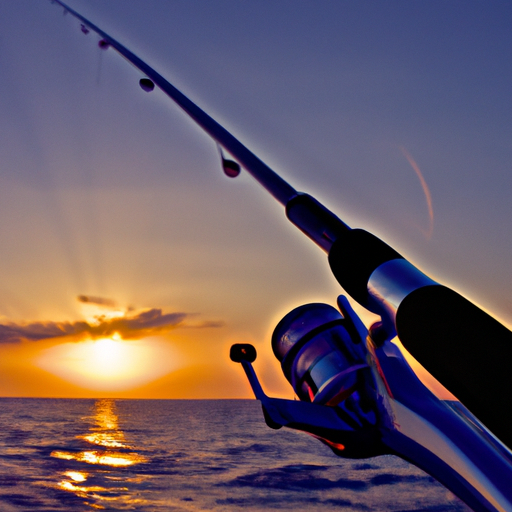
Caring for the Catch
Taking proper care of your catch is essential for preserving the quality and taste of the fish. Using proper handling and storage techniques, understanding fisheries conservation practices, cleaning and filleting the fish, and exploring different cooking and recipes are important aspects to consider.
Using Proper Handling and Storage Techniques
When you catch a fish, it is important to handle it with care to preserve its quality. Avoid dropping the fish or subjecting it to unnecessary stress. To maintain optimum freshness, keep the fish cool by placing it on ice or in a well-insulated cooler. If possible, bleed the fish by making a small incision near the gills to remove any blood. Proper handling and storage techniques will help ensure that your catch remains fresh and delicious.
Understanding Fisheries Conservation Practices
Conservation is crucial for the sustainability of fish populations and the health of our oceans. Familiarize yourself with fisheries conservation practices and regulations applicable to the species you are targeting. This can include practicing catch and release for certain fish species or adhering to specific size and bag limits. By understanding and following these practices, you can contribute to the long-term health of fish stocks and the environment.
Cleaning and Filleting the Fish
Cleaning and filleting your catch is an essential step before enjoying your freshly caught fish. Begin by scaling the fish, using a knife or a scaling tool. Remove the guts by making a small incision near the vent and pulling them out. Rinse the fish thoroughly to remove any remaining scales or debris. Fillet the fish by carefully cutting along the backbone, and then remove the fillets from the skin. Practice proper filleting techniques to ensure you get the most meat from your catch.
Exploring Different Cooking and Recipes
After you have cleaned and filleted your fish, it’s time to decide how to cook and enjoy it. Deep-sea fish can be prepared in a variety of ways, including grilling, baking, frying, or even raw as sushi or sashimi. Explore different cooking methods and recipes to bring out the flavors of your catch. Whether you prefer a simple, seasoned fillet or a more elaborate seafood dish, there are endless options to suit your taste.
Joining a Fishing Charter or Hiring a Guide
Joining a fishing charter or hiring a professional guide can enhance your deep-sea fishing experience. Researching and booking fishing charters, considering the benefits of hiring a guide, communicating your expectations and preferences, and understanding the costs and tips involved are important considerations.
Researching and Booking Fishing Charters
Fishing charters are a popular option for those looking to go deep-sea fishing. Research different fishing charters in your chosen location and read reviews from previous customers. Consider factors such as the reputation of the charter, the experience and knowledge of the captain and crew, and the amenities and equipment provided. Once you have made your decision, book your fishing charter well in advance to secure your preferred date and time.
Considering the Benefits of Hiring a Professional Guide
For those who are new to deep-sea fishing or unfamiliar with the chosen location, hiring a professional guide can be beneficial. A guide can provide valuable expertise and local knowledge, increasing your chances of a successful catch. They can also assist with equipment setup, offer tips and techniques, and ensure your safety throughout the trip. Consider your level of experience and confidence when deciding whether to hire a guide.
Communicating Your Expectations and Preferences
When booking a fishing charter or hiring a guide, it is important to clearly communicate your expectations and preferences. Discuss the type of fishing experience you are looking for, the species of fish you wish to target, and any specific techniques or fishing methods you want to try. Sharing your preferences with the captain or guide will help them tailor the trip to meet your expectations and ensure a memorable experience.
Understanding the Costs and Tips
Before finalizing your booking, make sure you understand the costs involved and any additional fees or expenses. Fishing charters usually have a base cost that covers a specific number of hours on the water and a certain number of people. Additional expenses may include fuel surcharges, fishing licenses, or gratuities for the crew. It is customary to tip the captain and crew for their service, so be sure to budget accordingly.
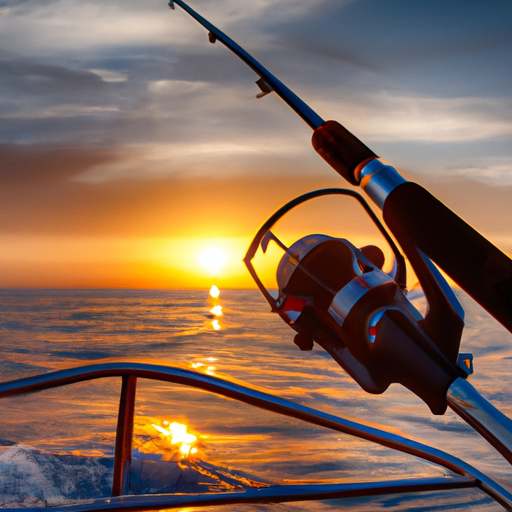
Planning for a Successful Deep-Sea Fishing Trip
Proper planning is the key to a successful and enjoyable deep-sea fishing trip. Pack the right gear and supplies, prepare meals and snacks, create a trip itinerary, and arrange transportation and accommodation to ensure a smooth experience.
Packing the Right Gear and Supplies
Make a checklist of the essential gear and supplies you will need for your deep-sea fishing trip. This includes fishing gear, appropriate clothing and footwear, personal items such as sunscreen and sunglasses, a cooler for storing your catch, and any additional equipment or accessories you may require. Double-check your list to ensure you have everything you need before heading out on your adventure.
Preparing Meals and Snacks
When preparing for a deep-sea fishing trip, it is important to plan and pack meals and snacks accordingly. Pack food that is easy to prepare and eat, such as sandwiches, fruits, and energy bars. Stay hydrated by bringing plenty of water and other beverages. It’s a good idea to pack extra snacks and meals in case of unexpected delays or extended fishing hours. Properly planning your meals and snacks will ensure that you have enough sustenance to stay energized throughout the trip.
Creating a Trip Itinerary
Before setting off on your deep-sea fishing trip, create a detailed itinerary outlining the activities and locations you plan to visit. Consider factors such as the fishing spots you wish to explore, the duration of your fishing sessions, and any additional sightseeing or recreational activities you want to include. Having a well-thought-out itinerary will help you make the most of your time and ensure that you don’t miss out on any important experiences.
Arranging Transportation and Accommodation
Consider how you will reach your chosen fishing location and arrange transportation accordingly. If you will be driving, ensure that your vehicle is in good condition for a long trip and that you have proper directions or GPS navigation. If you will be flying, book your flights in advance and consider renting a car or arranging for airport transfers. Additionally, research and book accommodation that is conveniently located near your fishing spot to minimize travel time and maximize fishing opportunities.
Tips for a Memorable Deep-Sea Fishing Experience
As you set out on your deep-sea fishing adventure, keep these tips in mind to make the most of your experience:
Being Patient and Persistent
Deep-sea fishing requires patience and persistence. Fish may not always be biting, and it can take time to locate them. Don’t get discouraged if you don’t catch something immediately. Stay focused, remain patient, and keep trying different techniques and areas until you find success.
Observing and Learning from Experienced Anglers
Observe and learn from experienced anglers whenever possible. Pay attention to their techniques, strategies, and choice of gear. Don’t hesitate to ask for advice or tips. Learning from those with more experience can greatly enhance your own skills and knowledge as an angler.
Appreciating the Marine Environment
Deep-sea fishing offers a unique opportunity to appreciate and connect with the marine environment. Take the time to observe and appreciate the beauty of the ocean, its inhabitants, and the ecosystems that support them. Remember to respect the environment by practicing responsible fishing and minimizing your impact on marine life.
Capturing Photographs and Memories
Deep-sea fishing trips are filled with excitement and memorable moments. Bring a camera or use your smartphone to capture photographs of your catch, the stunning ocean views, and the smiles of your fellow anglers. These photographs will serve as lasting mementos of your deep-sea fishing adventure.
In conclusion, planning and preparing for a deep-sea fishing trip involves several important considerations. By choosing the right boat, selecting an ideal location, obtaining the necessary licenses and permits, preparing the right fishing gear, mastering essential techniques, prioritizing safety measures, caring for your catch, considering guided options, planning effectively, and keeping a positive mindset, you are setting yourself up for a memorable and successful deep-sea fishing experience. So, gear up, grab your fishing buddies, and get ready to embark on an unforgettable adventure on the open water!





